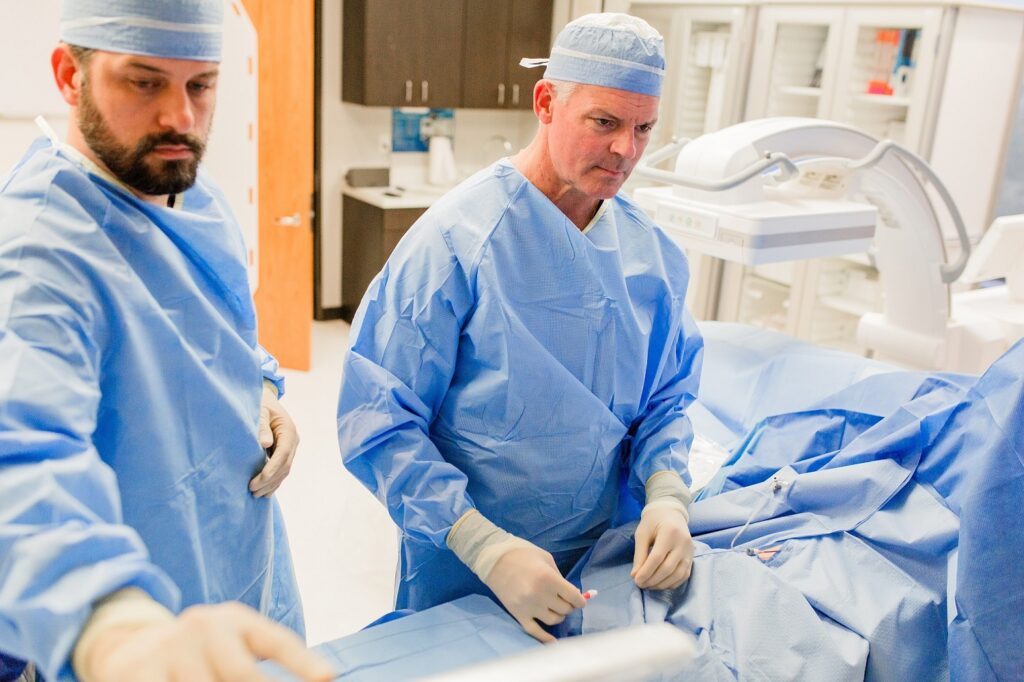When you have peripheral arterial disease (PAD), narrowed arteries have reduced the amount of blood flowing to your extremities. As such, you may experience symptoms such as leg cramps, slow nail growth, changes to the texture of the skin on your legs, and more. Plus, once you have PAD, your risk increases for additional cardiovascular concerns—including heart attacks and strokes. Fortunately, seeking treatment for your disease can reduce the risk for serious complications. And one of the treatment options we’ll explore today is angioplasty for PAD.

During an angioplasty procedure, our interventional radiologists will insert a catheter to access arteries that have become narrow or blocked due to the buildup of plaque. At the end of the catheter will be a medical balloon that we can inflate inside your narrowed artery; that inflation will help break up plaque deposits, immediately improving your blood flow. Depending on the severity of your symptoms and conditions during your procedure, we may then place a small tube known as a stent in your artery, following the angioplasty procedure. This placement will help ensure that the artery remains open afterward.
Typically, when you undergo angioplasty for PAD, the procedure takes between 30 and 90 minutes to complete. But it is performed without general anesthesia, so most patients will go home on the same day as their procedure, avoiding costly overnight hospital stays and lengthier recovery periods.
When you come into the office for symptoms of PAD, we will assess your disease progression and recommend the ideal treatment option. (In addition to angioplasty, we also treat PAD using atherectomy, another minimally invasive procedure.) However, if we recommend angioplasty as your best treatment, you can feel secure knowing that it is a highly effective option. In fact, according to this study in the Annals of the Royal College of Surgeons of England, the procedure is effective in 94% of cases where doctors are able to access the blocked artery being treated. Plus, there are very few complications associated with angioplasty, making it a safe treatment option for many PAD sufferers.
While you should be able to go home on the same day as your procedure, you’ll likely need to be driven home by a friend or loved one. You should be able to walk around one day after angioplasty, but it will likely be at least a week before you’re cleared to return to regular activities. Getting clearance to drive may take longer, depending on which leg was treated. Following all post-procedure care instructions will help your recovery process and maximize the success of your procedure.
When you are seeking PAD treatment, our Texas Endovascular specialists may recommend undergoing an angioplasty procedure. As a minimally-invasive treatment option, it is highly effective; comes with minimal risks for side effects; and results in a shorter recovery period than surgical treatment options. But, is this the right treatment for your symptoms of peripheral arterial disease? Request a consultation Request a consultation Request a consultation with our PAD specialists and, when you come into the office, we’ll review all your treatment options.

Scheduling
Please contact our dedicated specialists to schedule a consultation today.
2024 Texas Endovascular. All rights reserved. Website Design by Healthcare Success